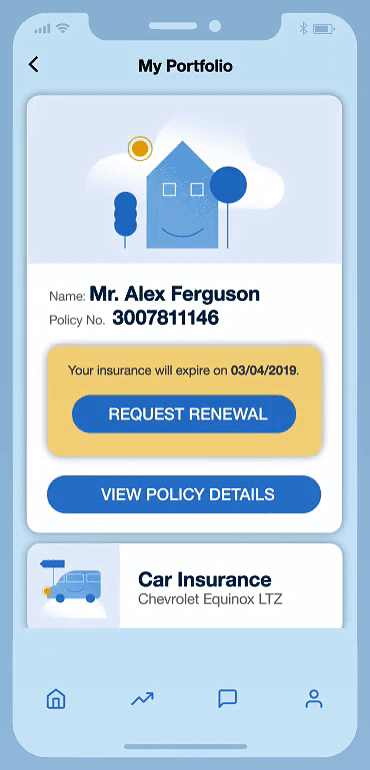

Now, Kinvey joins Progress, which already offered backend application services, but clearly sees an opportunity to strengthen its capabilities. (The company currently has 31 employees, BostInno reported Wednesday.) Kinvey was considering raising a $14.1 million round of funding last fall, according to an SEC filing, but the records don’t show if it closed that deal. The company went through layoffs in early 2016 before apparently righting the ship and ramping its staff back up, BostInno reported in November.
Progress kinvey series#
The Techstars Boston alum raised at least $17.8 million from investors its last announced funding round was a $10.8 million Series B in 2014. Mobile backend services have become a crowded field over the past few years, with competition between startups and big companies like Microsoft, Google, and Amazon. That includes consumer and business apps for insurance, manufacturing, and media companies, as well as HIPAA-compliant apps for healthcare.
Progress kinvey software#
So, instead of writing and managing their own code, app developers can essentially outsource things like databases, libraries, analytics, and user authentication to someone else and pay as they go.įounded in 2010, Kinvey’s software powers more than 31,000 apps used by more than 100 million people, according to a press release. That company’s machine learning tools aim to predict when industrial machines will fail, which can help businesses save money.īoston-based Kinvey handles the server-side software that acts as the backbone for mobile applications. In March, the Bedford, MA-based firm (NASDAQ: PRGS) acquired Redwood City, CA-based DataRPM for $30 million. Developer productivity is dramatically increased using open source frontend frameworks integrated with a low-code backend that enables out-of-the-box integrations with enterprise. The Kinvey deal is part of that effort. It’s the second acquisition in three months under new CEO Yogesh Gupta (pictured above). Progress Kinvey is a High Productivity app platform, which offers a serverless cloud backend for rapidly building enterprise apps and experiences at consumer scale. Lately, it’s been focusing on making those tools more robust and sophisticated-a “cognitive-first strategy,” the company calls it. The information does not usually directly identify you, but it can give you a more personalised web. This information might be about you, your preferences or your device and is mostly used to make the site work as you expect it to. Progress, a 36-year-old software firm, has for years offered products and services for building, deploying, and managing business applications. When you visit any web site, it may store or retrieve information on your browser, mostly in the form of cookies. You are now ready to start building your awesome apps! Next we recommend diving into the User Guide or Data Store Guide to learn more about our service, or explore the sample apps to go straight to working projects.Kinvey, one of the early players in mobile backend services, has been acquired by Progress for $49 million in cash.

This user object must explicitly be created, either with a username and password, OAuth sign-on (such as Facebook, Google+, LinkedIn, etc.), or Mobile Identity Connect. This person is represented by the Active User. Your app will be used by a real-life human being. Var response = await kinve圜lient.PingAsync() You can use the PingAsync() method on the kinve圜lient object to verify that the app has valid credentials. You can find your Instance ID on the dashboard of the Kinvey Console, next to your App Key and App Secret. setLogger(Console.WriteLine) //optionalĬustomers with dedicated Kinvey instances and Progress Health Cloud customers need to set their dedicated Kinvey instance ID on the Client. Var builder = new Client.Builder(your_app_key, your_app_secret)

Initializing a Client is usually done when your application first starts. If the file path is not set, each platform uses a default folder. If the delegate is not set, no logs are generated. Compare price, features, and reviews of the software side-by-side to make the best choice for your business.
Progress kinvey code#
(Optional) Set a Logger delegate to allow the Library to write output. Compare Coverity Static Code Analysis vs.Set your App Key and App Secret obtained from the Kinvey console.You need to set the following arguments on your client: The Client.Builder is used to build and initialize the Client before making any calls to the Kinvey API. You can find your key and secret in the dropdown menu in the environment sidebar.Ĭopy the key and secret when performing the next steps.

In the Kinvey console, click Create an App and enter the name of your app when prompted. Start with signing up if you don't have an account with Kinvey yet.


 0 kommentar(er)
0 kommentar(er)
